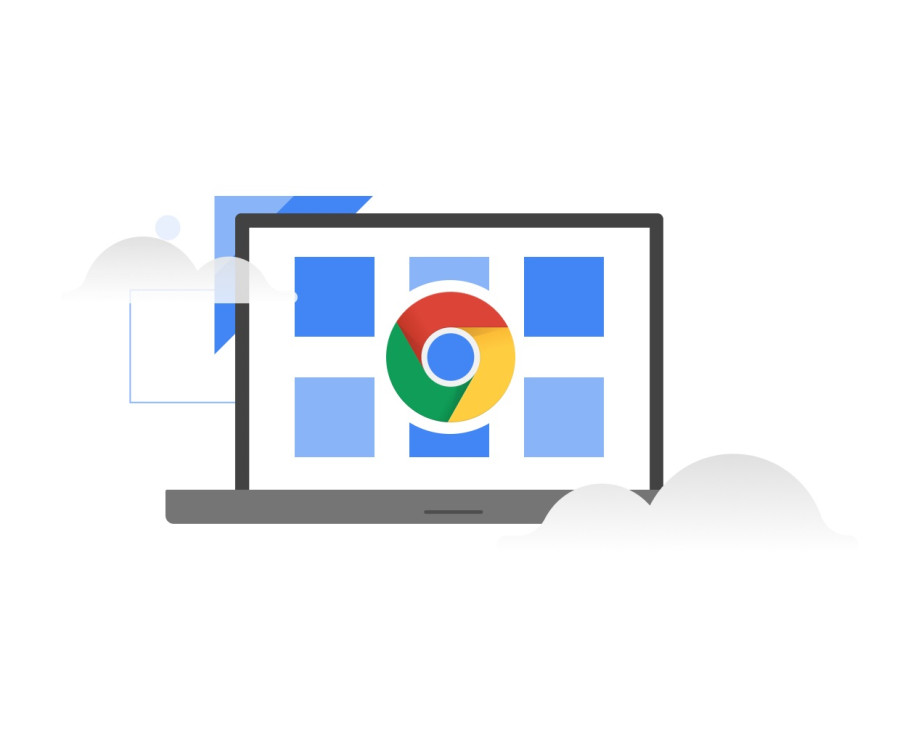Science & Technology
Chrome OS for all! Rejuvenate older laptops
Google’s Chrome OS has come a long way from their ‘browser as an operating system’ days.
Prajesh SJB Rana
As technology keeps moving forward, we continually create devices that turn redundant. With the release of Windows 11, these hardware redundancies have become more visible. The arbitrary requirements of Microsoft’s new operating system have given a lifetime to all unsupported devices. Support for Windows 10, although still active, will expire eventually, leaving a lot of computers running old, unsupported software. We can even see some modern computers or laptops struggling under Windows 10. While I have always recommended Linux as a viable alternative to Windows 10 on low-spec’d or older machines, a new solution by Google might just be a better solution.
Google isn’t new to the operating system game, with Android being the most popular and accessible operating system on mobile devices. When it comes to laptops, they have their Chrome OS operating systems, the backbone of many Chromebooks. In 2022, Google’s Chrome OS has come a long way from their ‘browser as an operating system’ days; today, the operating system has developed into a robust system with external hardware support and even Android and Windows app support. And while Chrome OS has been an exclusive on Chromebooks, with the release of Chrome OS Flex, the operating system can be easily installed on any old Windows or Mac laptop.
At its core, Chrome OS Flex is the complete Chrome OS package; it has all of Google’s proprietary services and even looks exactly like the systems on Chromebooks. This is not the first time Chrome OS has come to systems outside of Chromebooks; Neverware had released the CloudReady operating system based on the Chromium code back in 2015. However, Google’s own Chrome OS Flex is an official release of the operating system with all of Google’s bells and whistles and even official update support.
Chrome OS Flex is a very lightweight operating system running with base system requirements of any Intel or AMD x86 or 64-bit processor, 4 GB of RAM, and 16 GB of internal storage. The operating system can run under such constrained requirements because of the nature of the operating system, and Chrome OS has been a very online-oriented operating system from its heyday. The system depends heavily on Google’s own online offerings like Google Drive, Docs, and Sheets. Although there are simple solutions for localised files, it is a system that doesn’t depend a whole lot on your hardware and more on web services.
Compared to many Linux distributions that come with their own set of problems, installing Google Chrome OS Flex is very straightforward. It offers a live environment, much like other Linux Distros, and installs in a breeze. Chrome OS also has many media capabilities baked in, which would bring high-resolution YouTube or even Netflix support on older hardware, something the older CloudReady OS could not do. New updates to the OS have also integrated the Google ecosystem much better with support for Android apps and seamless integration with their localised apps.
Unfortunately for Chrome OS Flex users, Android app support hasn’t made it to the Flex version of Chrome OS yet. The operating system, although lightweight, does have issues and doesn’t feel as polished. There are instances where certain buttons don’t work; the mute button and the volume control button glitch out from time to time, and there are plenty of weird UI issues as well. You might run into problems with Face ID, Windows Hello, or even fingerprint biometrics. But overall, it supports many external hardware and devices flawlessly.
Regardless of the bugs, Chrome OS is a very lightweight operating system that can bring new life to your older PCs or even low powered systems struggling under Windows 10. It’s free if you want to give it a shot and can be easily booted into a flash drive. It can also run completely off of a pen drive if you want a portable implementation of the operating system. If you like what you see in the live environment, you can install it on your hard drive. You can easily create a bootable flash drive for Chrome OS Flex through the ‘Chromebook Recovery Utility' extension of Chrome browsers.
With the entry of Chrome OS on third-party hardware, a very viable alternative to Windows and Linux has made its way into the market. While Linux remains a solid choice if you want stability and expandability, Chrome OS Flex is for those who don’t want to experiment or tinker around with their operating systems too much. Easy to install and easy to use, the Flex seems like the perfect simple alternative for people who just want a working computer.




 8.12°C Kathmandu
8.12°C Kathmandu










